If you’re in the market for an oscilloscope, you may be wondering why they are so expensive. After all, a device that simply measures voltage and time shouldn’t cost more than a few hundred dollars, right? Wrong. Oscilloscopes can cost anywhere from a few hundred to several thousand dollars, depending on the features and performance you need. So, what makes oscilloscopes so expensive?
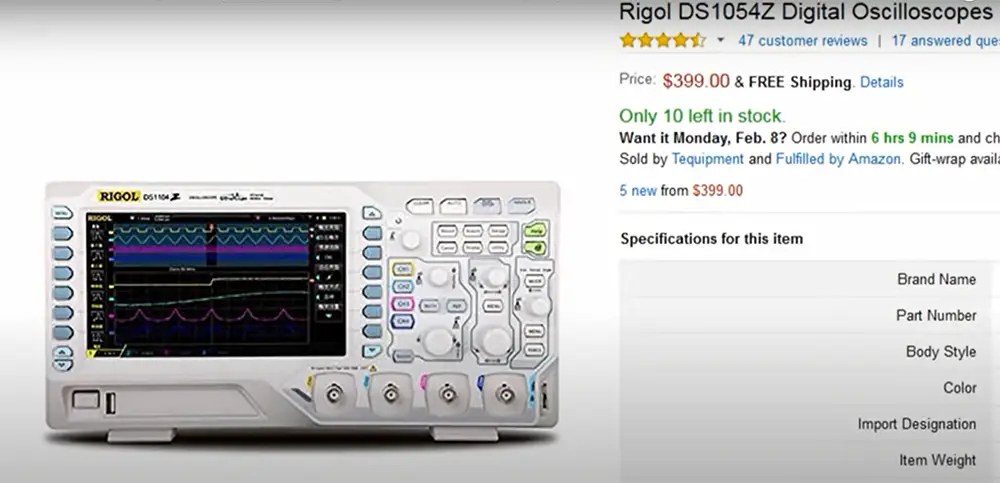
A few factors contribute to the high cost of oscilloscopes:
- First, they are complex devices with many electronic components. These components must be precisely manufactured and assembled to provide accurate measurements;
- Second, oscilloscopes require specialized software in order to function properly. This software is often developed by third-party companies and must be licensed by the oscilloscope manufacturer;
- Finally, many oscilloscope manufacturers cater to specific markets or industries, which can drive up the price even further;
The answer to this question is a little bit complicated, but we will do our best to explain it. In this blog post, we will discuss the factors that contribute to the high cost of oscilloscopes and what you can do to get the best deal possible.
What Do You Need to Know About an Oscilloscope?
An oscilloscope is a very powerful tool, however, they come with a hefty price tag. Oscilloscopes can be used to measure voltage, current, and frequency. They are often used in the automotive industry to diagnose electrical problems in vehicles. Oscilloscopes can also be used to test electronic circuits and components. In addition, you might be interested in our logic analyzer vs. oscilloscope comparison.
Multimeters are used to measure the constant current flowing through a circuit. However, when dealing with elaborate circuits, you’ll need oscilloscopes. Voltage signals merely transmit information in terms of voltage. In most situations, audio on a speaker is the most common type of information conveyed by voltage signals [1].
Why Are Oscilloscopes Important?
They are often used in the automotive industry to diagnose electrical problems in vehicles. Oscilloscopes can also be used to test electronic circuits and components.
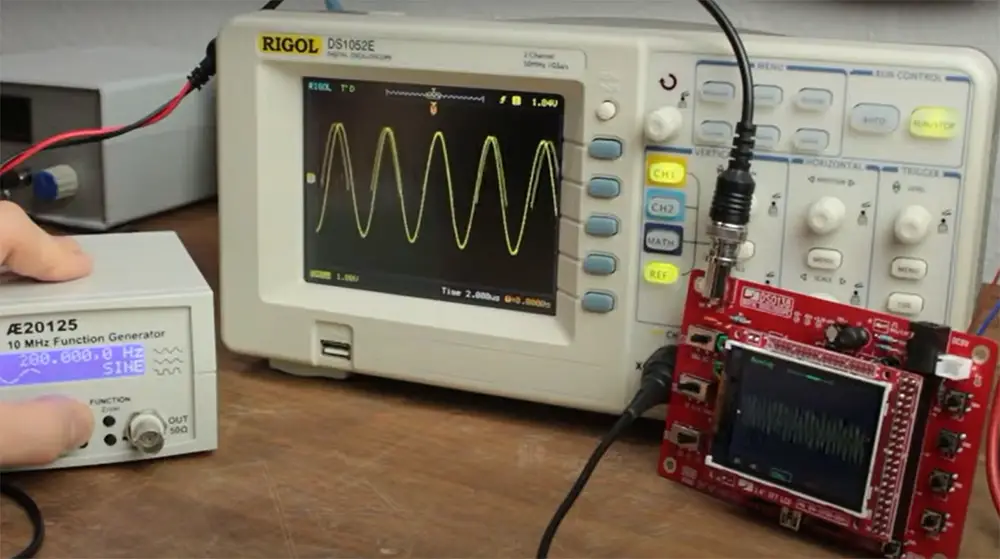
Why Are Oscilloscopes So Expensive?
You might be wondering why this equipment is so pricey. A high-end oscilloscope can cost more than $30,000. This is expensive for little gadgets. Over the years, there have been several improvements to oscilloscopes, allowing them to do more. It’s worth noting that oscilloscopes are highly accurate instruments. This implies a significant investment in time and effort in quality control.
The cost of an oscilloscope is a highly discussed top, but it is reasonable. First and foremost, you must consider the advantages of scale. Despite the huge technological input in the development of oscilloscopes, only a small number are made each year.
The market for oscilloscopes is quite limited, with just a few units being produced. This is in stark contrast to consumer goods that are made in the hundreds of thousands. Second, adding these little features over time requires effort, time, and people. There’s a lot of technical input required to add these extra capabilities.
Oscilloscopes have evolved over the years, with longer memories and more complex triggers being added. Even though these numerous functions are designed for a small client base, the cost rises significantly. That is why most oscilloscopes are pricey. The instruments must be subjected to rigorous testing in order to provide accurate results. Such significant testing and modifications with only a few builds increase the overall expense.
Factors That Can Affect the Price of an Oscilloscopes:
1) Bandwidth
The bandwidth of an oscilloscope is one major factor that affects its price. Oscilloscopes with a higher bandwidth will be more expensive than those with a lower bandwidth.
Bandwidth is the maximum frequency at which a device can measure accurately. It’s crucial, especially with analog oscilloscopes. Higher bandwidth generally implies greater costs. The bandwidths of lower-cost oscilloscopes range from 50 to 100MHz. However, the most expensive oscilloscope has bandwidths ranging from tens of thousands to hundreds of thousands of megahertz.
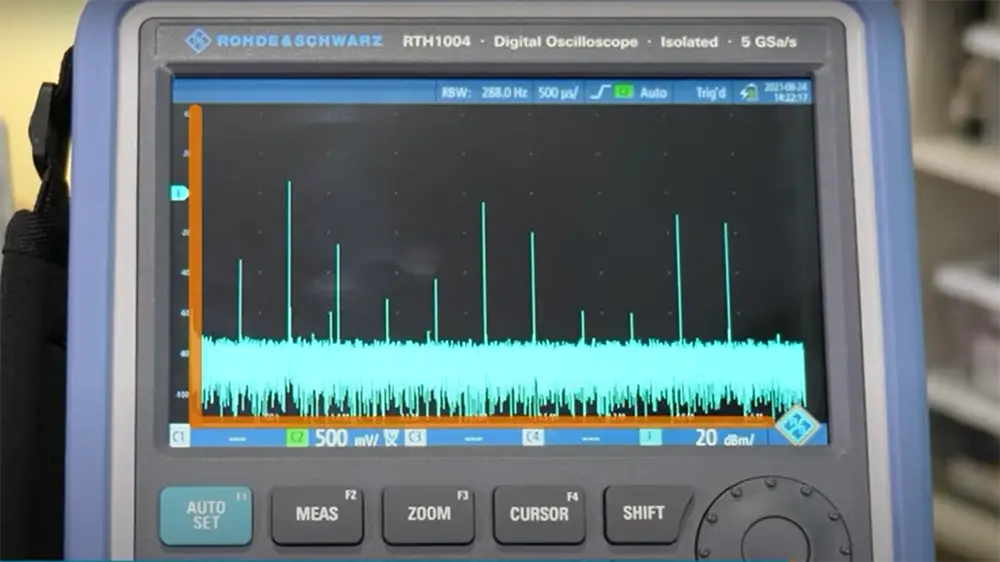
2) Sample rate
Another factor that affects the price of an oscilloscope is the sample rate. The sample rate is how often the oscilloscope takes a measurement, and it’s measured in samples per second. A higher sample rate will result in a more expensive oscilloscope.
A scope’s sample rate indicates how long the scope can recognize one waveform before it repeats itself. The majority of typical oscilloscopes have a sampling rate of 5 seconds. Models with greater sample rates are more desirable.
The reason for this is that a higher sample rate means that the oscilloscope can take more measurements in a given time period. This results in a more accurate representation of the signal being measured. Higher-cost oscilloscopes have sample rates that range from millions to tens of billions of samples per second.
3) Right input channels
The number of input channels is another factor that affects the price of an oscilloscope. The more input channels an oscilloscope has, the more expensive it will be.
Oscilloscopes with more than two or four input channels are generally more expensive because they offer more flexibility and functionality. However, there are some lower-cost options available that still provide a good amount of features and benefits.
4) Probes
Differential probes are used to measure signals that differ in voltage between two points. They’re especially useful for measuring high-frequency signals or signals with a lot of noise.
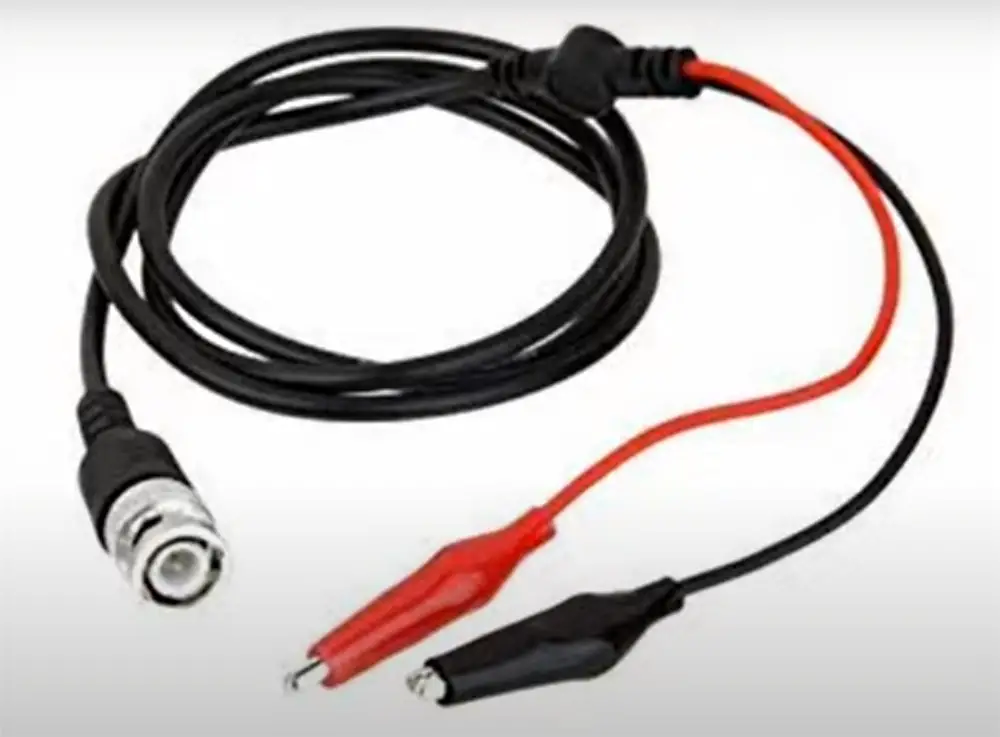
The cost of oscilloscopes is also determined by the number of probes included. You’ll need an oscilloscope with a probe and scope that work together in a compatible way. Passive probes with sufficient bandwidth will be more expensive.
Probes are one of the most important accessories for an oscilloscope. They transmit the signal from the device under test to the oscilloscope. The quality of the probe will determine how accurately the oscilloscope can measure the signal.
There are three main types of probes: passive, active, and differential.
Passive probes are typically less expensive than active or differential probes. However, they have lower bandwidth and are not as accurate. Active and differential probes are more expensive but offer higher bandwidths and greater accuracy.
5) Record length
The record length is the amount of time that the oscilloscope can record a signal. It’s measured in seconds and is another factor that affects the price of an oscilloscope.
Higher-cost oscilloscopes have record lengths that range from seconds to minutes [3].
Are Cheap Oscilloscopes Good for DIY Projects?
The quick answer is no. Cheap oscilloscopes are generally not good for DIY projects because they don’t have the features and performance that you need to troubleshoot electronic circuits. Sure, you can use a cheap oscilloscope to measure the frequency of a signal or the voltage of a power supply, but you’ll quickly run into limitations when trying to debug more complex problems. That’s why it’s worth spending the extra money on a quality oscilloscope.
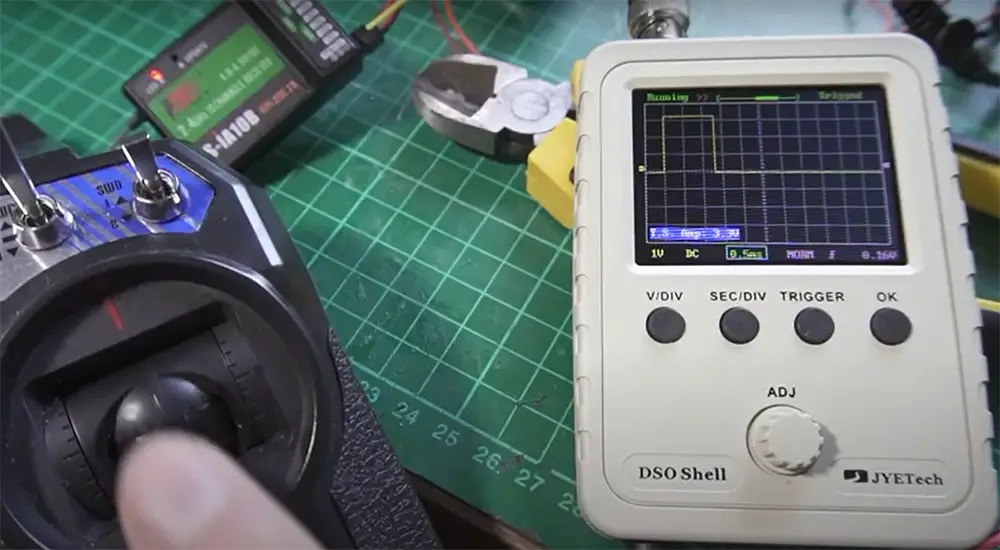
There are two main reasons why oscilloscopes are so expensive: the hardware and the software. The hardware inside an oscilloscope is very complex, with high-speed analog-to-digital converters, fast digital signal processors, and sophisticated input channels. This complexity comes at a cost, which is reflected in the price of oscilloscopes.
The other reason why oscilloscopes are so expensive is the software. Oscilloscope manufacturers invest a lot of money in developing the software that runs on their instruments. This software needs to be very reliable and easy to use, which requires a lot of engineering effort. The end result is that oscilloscopes tend to be quite expensive.
Is an Oscilloscope Worth Buying?
The answer to this question depends on what you want to use the oscilloscope for. If you just need to measure simple signals, then a cheap oscilloscope might be sufficient. However, if you plan on doing any serious troubleshooting or development work, then a quality oscilloscope is essential. Oscilloscopes are complex pieces of equipment, and the price reflects that complexity. But if you need an oscilloscope for professional work, then it’s worth the investment.
While there are some cheaper options available on the market, they don’t offer the same features and performance as their more expensive counterparts. This makes them less than ideal for DIY projects where you need to troubleshoot electronic circuits. It’s better to spend a little extra money on a quality oscilloscope that will meet your needs and help you get the job done right.
So, if you’re looking for an oscilloscope for your next project, be sure to consider the price tag. It might seem high at first, but it’s worth the investment if you need a quality piece of equipment. Oscilloscopes are complex devices, and the price reflects that complexity. But if you need an oscilloscope for professional work, then it’s worth the investment.
Oscilloscopes: A Comparison of Cost Factors
Oscilloscopes are essential electronic test instruments used in various industries for measuring and analyzing electrical signals. They provide valuable insights into waveform characteristics, making them crucial for research, development, and troubleshooting purposes. However, oscilloscopes can be quite expensive, and understanding the factors contributing to their cost can be insightful. The table below compares various indicators that influence the pricing of oscilloscopes.
| Indicator | Description |
|---|---|
| Bandwidth | The bandwidth of an oscilloscope refers to its ability to accurately capture high-frequency signals. Higher bandwidth oscilloscopes generally come at a higher cost. |
| Sample Rate | The sample rate determines how many data points the oscilloscope can capture in a given time. Higher sample rates often lead to costlier oscilloscopes. |
| Number of Channels | Oscilloscopes can have single or multiple channels for measuring multiple signals simultaneously. Devices with more channels are typically more expensive. |
| Resolution | The resolution represents the smallest voltage change an oscilloscope can detect. Higher resolution scopes tend to be pricier. |
| Display Technology | Oscilloscopes with advanced display technologies like high-resolution screens and touchscreen interfaces may have higher costs. |
| Memory Depth | Greater memory depth allows the oscilloscope to capture longer-duration signals at high sample rates, influencing the price. |
| Additional Features | Special features such as advanced triggering options, signal analysis capabilities, and built-in function generators can add to the overall cost. |
| Brand Reputation | Oscilloscope brands with a strong reputation for reliability and accuracy may command higher prices. |
| Service and Support | Quality customer support, warranty, and maintenance services can contribute to the overall cost of the oscilloscope. |
| Industry Application | Oscilloscopes designed for specialized industries, such as aerospace or telecommunications, might have higher price tags due to tailored features. |
The table above presents a comparison of various indicators that contribute to the expense of oscilloscopes. Each row represents a specific indicator, and the two columns provide a description of the indicator and its impact on the oscilloscope’s cost.
- Bandwidth: A higher bandwidth enables oscilloscopes to accurately measure fast signals, and this feature often comes with a higher price tag.
- Sample Rate: The sample rate determines how many data points the oscilloscope can capture in a given time. Higher sample rates typically lead to more expensive oscilloscopes.
- Number of Channels: Oscilloscopes can have single or multiple channels for measuring multiple signals simultaneously. Devices with more channels are generally costlier.
- Resolution: The resolution represents the smallest voltage change an oscilloscope can detect. Oscilloscopes with higher resolution tend to be more expensive.
- Display Technology: Advanced display technologies, such as high-resolution screens and touchscreen interfaces, may contribute to higher costs.
- Memory Depth: Greater memory depth allows oscilloscopes to capture longer-duration signals at high sample rates, influencing the price.
- Additional Features: Special features like advanced triggering options, signal analysis capabilities, and built-in function generators can add to the overall cost.
- Brand Reputation: Oscilloscope brands with a strong reputation for reliability and accuracy may command higher prices.
- Service and Support: Quality customer support, warranty, and maintenance services can contribute to the overall cost of the oscilloscope.
- Industry Application: Oscilloscopes designed for specific industries with tailored features might have higher price tags due to their specialized functionalities.
Check more guides to upgrade your skills in electronics:
FAQ
Why are oscilloscope probes so expensive?
Equipment for testing isn’t readily available. Another reason why the branded brand probes are so pricey is that molding all of the small plastic components is costly, which means if you don’t sell a lot of them, the tooling cost makes up a significant chunk of the purchase price [4].
Are oscilloscopes accurate?
Yes, oscilloscopes are accurate. However, the accuracy of an oscilloscope can be affected by many factors, such as the type of probes used, the input impedance of the oscilloscope, and the environment in which the measurements are taken.
Do they still make analog oscilloscopes?
Agilent, Lecroy, and Tektronix were just a few of the major American manufacturers that eliminated their analog scope lines in recent years. However, you may still locate many of them on the secondary market. On the internet, there are hundreds of used devices for sale [5].
Can an oscilloscope measure AC voltage?
Yes. An oscilloscope can measure AC voltage if it is connected to the proper input. The settings on the oscilloscope will need to be configured correctly in order for it to measure AC voltage accurately.
Why are oscilloscope measurements often in error?
Not checking the calibration of a Cathode Ray Oscilloscope is the most common blunder because all measurements taken will be incorrect. If not correct, use the CAL knob to adjust frequency and amplitude.
What can I use instead of an oscilloscope?
A digitizer is a computer component that converts an electrical signal into data and displays it on a screen, as the name implies. The answer to this question is therefore yes; a digitizer can be utilized in the same way as an oscilloscope [6].
Is an oscilloscope an ammeter?
An electrician’s clamp-on ammeter, which is a current probe, is usually used for present measurements. It works similarly to an electrician’s clamp-on ammeter, in which sturdy jaws are clamped around the conductor in which the current was flowing [7].
Why do oscilloscopes have a high price tag?
Oscilloscopes are expensive due to several factors. Firstly, they require sophisticated electronic components and high-quality materials to ensure accuracy and reliability in signal measurement. Additionally, oscilloscopes need to be equipped with fast and precise analog-to-digital converters (ADCs) to capture high-frequency signals with precision. The research, development, and manufacturing costs associated with these advanced technologies contribute to the overall high price of oscilloscopes.
What features contribute to the high cost of oscilloscopes?
Oscilloscopes often come with various advanced features like high bandwidth, fast sampling rates, deep memory, and sophisticated triggering capabilities. These features demand specialized hardware and software implementations, leading to higher production costs. Moreover, oscilloscope manufacturers invest in continuous improvements and innovations, driving up the overall price to cover research and development expenses.
How does the brand reputation affect oscilloscope prices?
Well-established oscilloscope brands with a reputation for producing high-quality and reliable instruments tend to have higher prices. Customers often associate these brands with superior performance, accurate measurements, and excellent customer support. As a result, the brand reputation can influence the perceived value of the oscilloscope, leading to higher pricing.
What impact does the frequency bandwidth have on the oscilloscope’s cost?
The frequency bandwidth directly affects the cost of an oscilloscope. Higher bandwidth oscilloscopes require more sophisticated components and precise designs to handle faster signals accurately. This results in increased manufacturing costs, which are then reflected in the higher price of the oscilloscope. Users who require oscilloscopes for high-frequency applications should be prepared for the higher cost associated with wider bandwidth models.
Why are handheld or portable oscilloscopes more expensive than basic benchtop models?
Handheld or portable oscilloscopes need to be designed with miniaturization in mind, which can be a challenging engineering task. Packing all the necessary functionalities into a compact form factor requires advanced engineering, specialized components, and miniaturized circuitry, driving up production costs. Additionally, portable oscilloscopes may offer wireless connectivity and advanced battery technologies, further contributing to the higher price compared to basic benchtop models.
Does the number of input channels affect the oscilloscope’s price?
Yes, the number of input channels affects the oscilloscope’s price. Oscilloscopes with more input channels require additional hardware, connectors, and processing capabilities to handle multiple signals simultaneously. As a result, oscilloscopes with more channels are generally more expensive than those with fewer channels.
How do software options and upgrades impact the cost of oscilloscopes?
Many oscilloscope manufacturers offer optional software upgrades and advanced analysis packages to enhance the oscilloscope’s capabilities. These software options require development and licensing fees, which are passed on to the customers. Therefore, the total cost of an oscilloscope can increase significantly if users choose to add advanced software features to their instruments.
Are there affordable alternatives to high-end oscilloscopes?
Yes, there are more affordable alternatives to high-end oscilloscopes. Entry-level or lower-specification oscilloscope models might lack some advanced features but can still provide satisfactory performance for many applications. Additionally, there are used or refurbished oscilloscopes available on the market, which can be more budget-friendly while offering reliable functionality.
How can one justify the high cost of oscilloscopes for hobbyist use?
For hobbyist use, the high cost of oscilloscopes can indeed be a concern. However, it is essential to consider the specific needs and applications. Hobbyists working on basic electronic projects might find that a lower-cost oscilloscope or even an oscilloscope kit can suffice for their requirements. On the other hand, serious hobbyists or those engaging in complex projects might benefit from investing in a higher-quality oscilloscope to ensure accurate measurements and efficient troubleshooting.
What are some cost-saving tips when purchasing an oscilloscope?
To save costs when buying an oscilloscope, consider these tips:
– Assess your actual needs: Determine the required bandwidth, sampling rate, and features based on your specific applications. Avoid overbuying unnecessary capabilities.
– Consider used or refurbished options: Reputable vendors often offer tested and calibrated used oscilloscopes at a fraction of the price of new models.
– Explore entry-level models: Entry-level oscilloscopes can be more affordable while still providing adequate performance for many hobbyist or educational purposes.
– Take advantage of promotions and discounts: Keep an eye out for special offers, seasonal sales, or educational discounts from manufacturers or distributors.
Useful Video: Electronics: Why are digital oscilloscopes still so expensive? (6 Solutions!!)
References:
- https://oscilloscopetools.com/why-are-oscilloscopes-so-expensive/
- https://oscilloscopetools.com/why-are-oscilloscopes-so-expensive/
- https://www.rampfesthudson.com/how-much-does-oscilloscope-cost/
- https://www.eevblog.com/forum/beginners/why-oscilloscope-probes-are-expensive/25/
- https://www.electronicdesign.com/technologies/communications/article/21753618/does-anyone-still-use-an-analog-oscilloscope
- https://www.oscopes.info/basics/2320-digitizer-or-oscilloscope
- https://www.testandmeasurementtips.com/measuring-current-with-oscilloscope-voltage-probe/





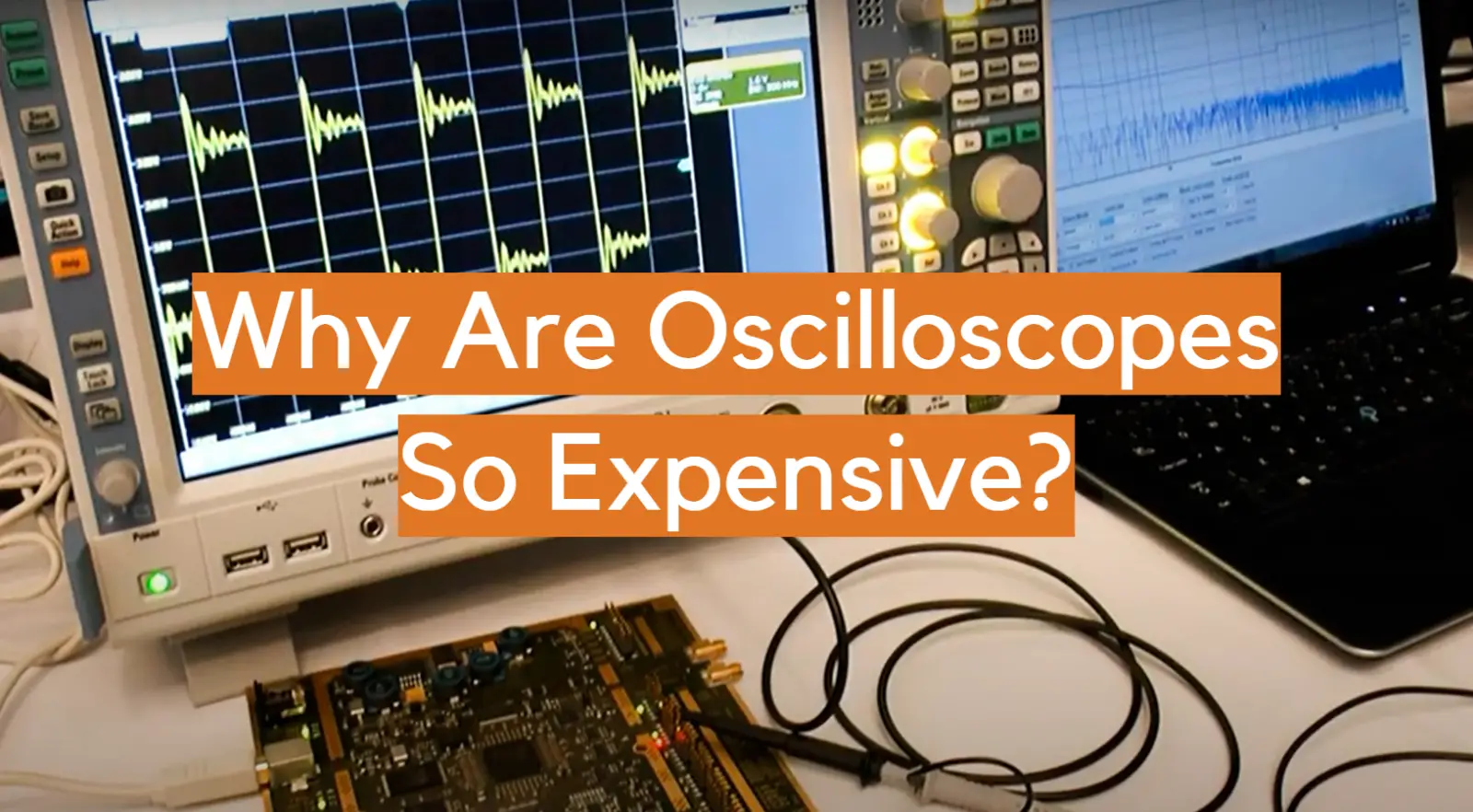






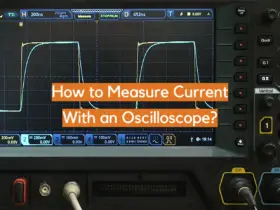

Leave a Reply